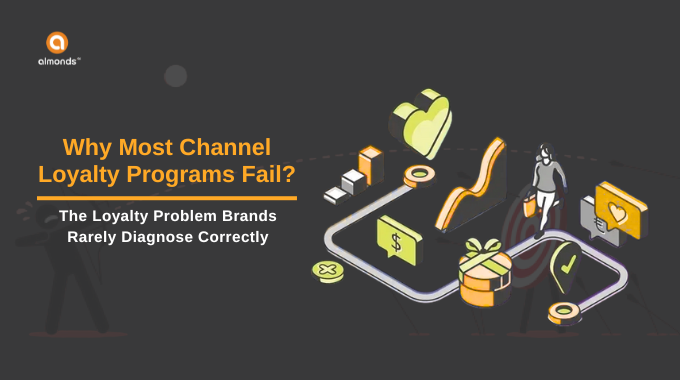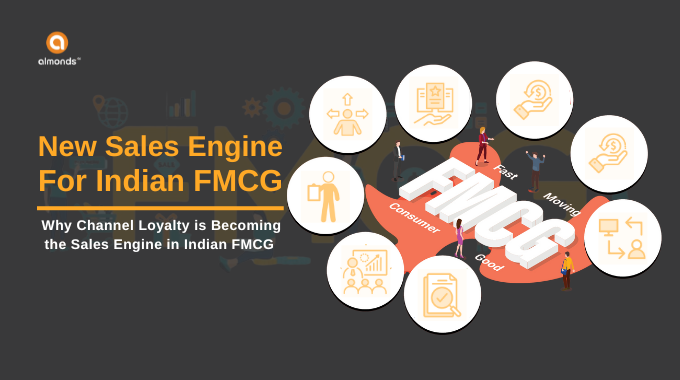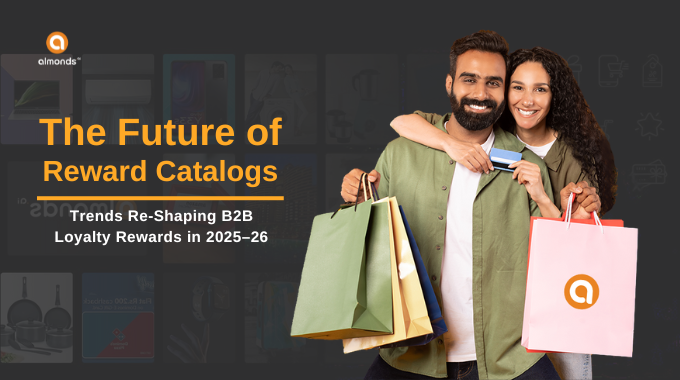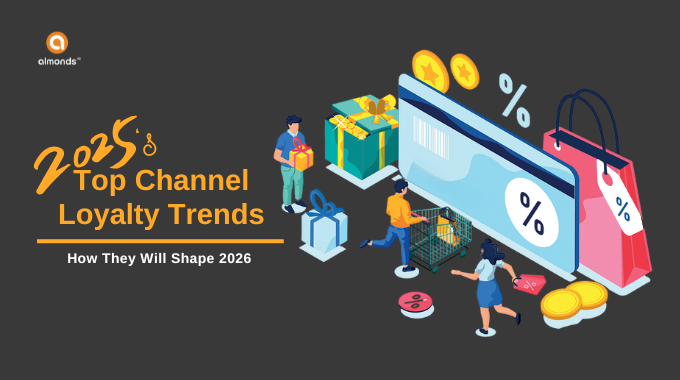Loyalty programs are increasingly important for Indian businesses aiming to drive customer engagement, retention, and revenue growth. By looking at best practices and examples from Indian companies, we can see how loyalty programs and well-structured B2B loyalty programs can build meaningful customer relationships while driving business goals.
Define Clear Objectives
Setting clear objectives is crucial for success. Loyalty programs should have a targeted approach, whether to drive repeat purchases, increase average spend, or deepen customer engagement. According to HubSpot, companies with clearly defined objectives see up to 60% higher success rates. For B2B companies, a B2B loyalty program might focus on rewarding high-frequency purchases, building long-term partnerships, or boosting channel engagement.
Paytm First, a subscription-based program, clearly focuses on enhancing customer retention and frequency of use. By providing cashback, exclusive deals, and partner discounts, Paytm encourages customers to stay engaged with its app ecosystem.
Prioritize a Customer-Centric Approach
Loyalty programs that are built around customer preferences create lasting connections. Statista reports that 77% of consumers remain loyal to brands offering personalized experiences. For B2B loyalty programs, this might mean tailoring rewards to business needs, such as providing volume-based discounts or exclusive industry insights. A customer-first approach means analyzing user preferences and behaviors to create relevant, meaningful rewards.
Tata Neu is designed around a deep understanding of customer preferences. By providing NeuCoins that can be redeemed across Tata Group’s various brands (like BigBasket, 1mg, and AirAsia India), Tata Neu builds a loyalty ecosystem that gives users valuable, brand-wide benefits.
Leverage Data and Analytics
Data analytics allows companies to tailor rewards based on customer behavior and personalize their loyalty programs. Insights derived from data can improve program relevance and drive better engagement. Forbes notes that brands using data-driven loyalty strategies see a 73% improvement in engagement. For B2B loyalty programs, data analytics can reveal valuable insights on client purchase patterns, enabling brands to provide custom incentives for repeat business.
Airtel Thanks uses data analytics to deliver personalized rewards and offers to customers based on their usage patterns. This data-backed approach helps Airtel to provide customers with relevant rewards like subscription discounts and exclusive access to digital content, making the program more engaging.
Use Tiered Rewards to Encourage Engagement

Tiered programs incentivize customers to increase spending or engagement to unlock higher reward levels. A Harvard Business Review study shows that tiered programs increase customer lifetime value by over 50%, as members strive to reach the next level of benefits. For B2B loyalty programs, creating tiers can motivate business partners or clients to increase their spending or frequency of purchases to access premium benefits.
ICICI Bank’s iMobile Pay rewards program offers tiered benefits through its Rewards Points system, giving more points to higher-tier credit card holders. This tiered approach not only enhances customer loyalty but also incentivizes users to upgrade their cards to enjoy additional benefits.
Read more: 9 Types of Customer Loyalty Programs For Your Brand
Focus on Omni-Channel Integration for a Seamless Experience
Customers today expect loyalty programs to function seamlessly across all channels—online and offline. An Entrepreneur survey found that 80% of consumers prefer brands that provide consistent experiences across platforms. In a B2B loyalty program, this might translate to offering rewards and benefits that can be accessed across multiple platforms, such as web portals, mobile apps, and even in-store or field sales interactions.
Shoppers Stop First Citizen loyalty program is a multi-channel experience, where members can earn and redeem points both in-store and online. By providing a seamless experience, Shoppers Stop encourages customers to engage with the brand across channels, ensuring convenience and continuity.
Offer Rewards That Resonate
Reward relevance plays a significant role in a loyalty program’s success. Programs that offer experiential rewards, exclusive access, and personalized discounts often see higher engagement. Forbes highlights that programs blending transactional and experiential rewards achieve 40% more engagement. B2B loyalty programs can apply this approach by offering business clients meaningful incentives, such as VIP event invitations or training sessions.
MakeMyTrip’s MMT Black loyalty program offers customers not only discounts on hotel and flight bookings but also experiential rewards such as free airport transfers, early check-ins, and free meals. These personalized, value-driven rewards enhance customer satisfaction and retention.
Build Community to Enhance Loyalty
Creating a sense of community around a loyalty program fosters a strong brand connection. Community-building activities, such as member-only events or digital forums, make members feel valued and involved. A B2B loyalty program can benefit from building communities by organizing industry events or networking opportunities that add value for business clients and partners.
Reliance Jio’s Jio Prime program has built a community of engaged users through exclusive perks like early access to new offers and discounted subscriptions. The community-driven model of Jio Prime encourages members to stay with Jio long-term, deepening loyalty.
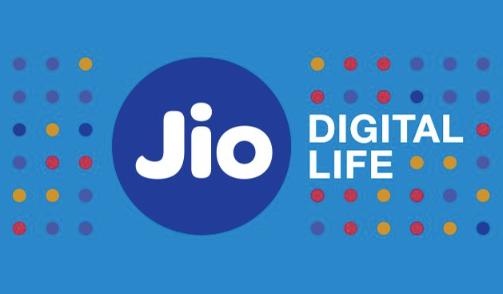
Use Feedback Loops for Continuous Improvement
Adapting to customer feedback keeps loyalty programs relevant and valuable. Statista shows that 65% of consumers are more likely to stay loyal to brands that incorporate user feedback into program improvements. B2B loyalty programs can also evolve by gathering feedback from business clients to tailor rewards and ensure they meet the needs of their clients’ businesses.
Future Group’s Payback program continually adapts based on member feedback, adding new partners, and expanding reward categories. This ongoing adjustment makes Payback an appealing choice for Indian consumers who want versatile, accessible rewards.
Track Key Performance Metrics to Evaluate Success
To ensure a loyalty program’s effectiveness, define and track KPIs like retention rate, average spend, and engagement levels. These metrics guide loyalty managers in refining strategies for better results. In B2B loyalty programs, metrics like repeat purchase rate and client lifetime value can provide insights into the effectiveness of rewards in building client relationships.
Indian brands like Paytm, Tata, Airtel, ICICI, Shoppers Stop, MakeMyTrip, Reliance Jio, and Future Group have set benchmarks by focusing on personalization, data analytics, tiered rewards, and community-building. By adopting these best practices, businesses can build loyalty programs and B2B loyalty programs that drive sustained growth, high engagement, and long-term customer relationships.


